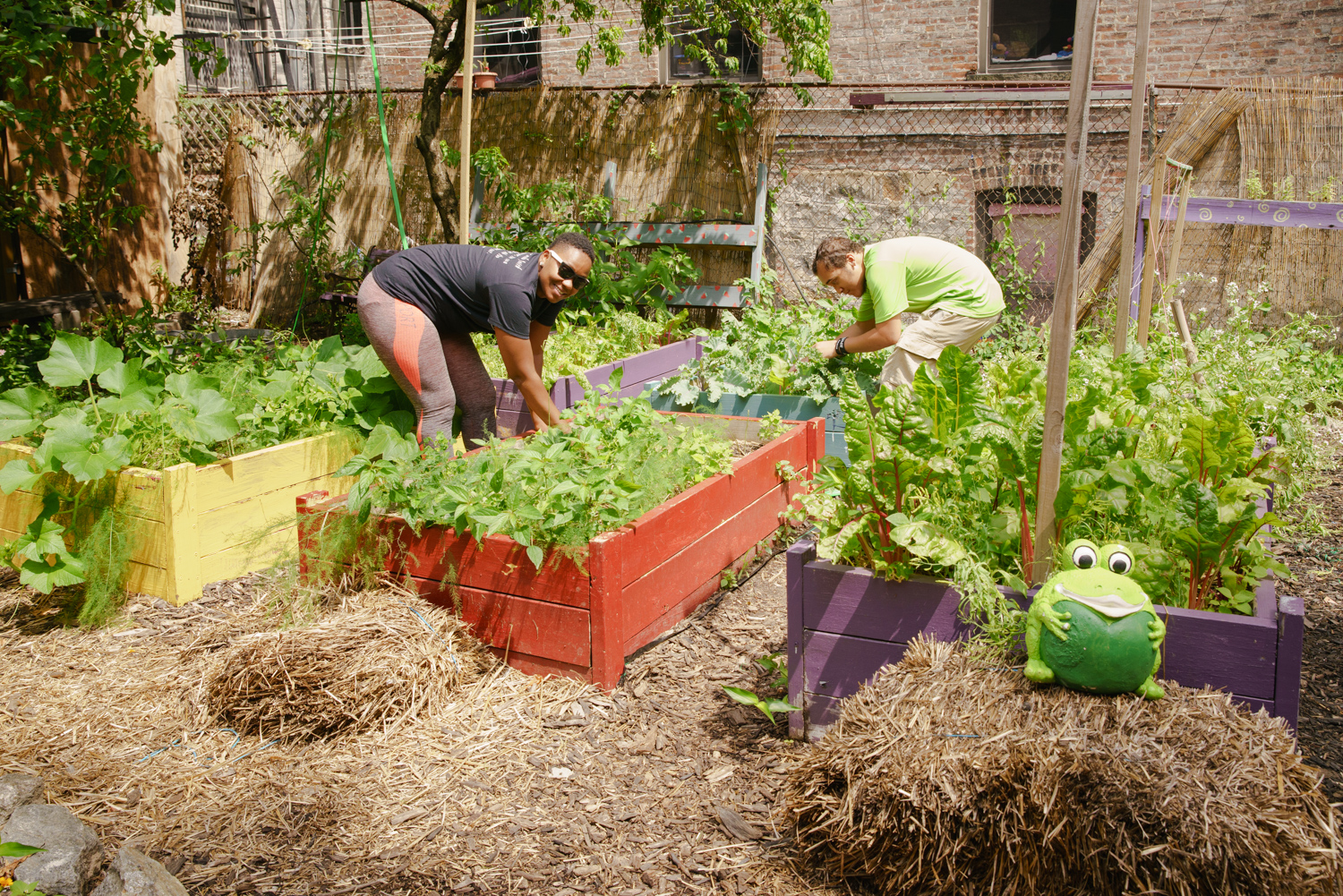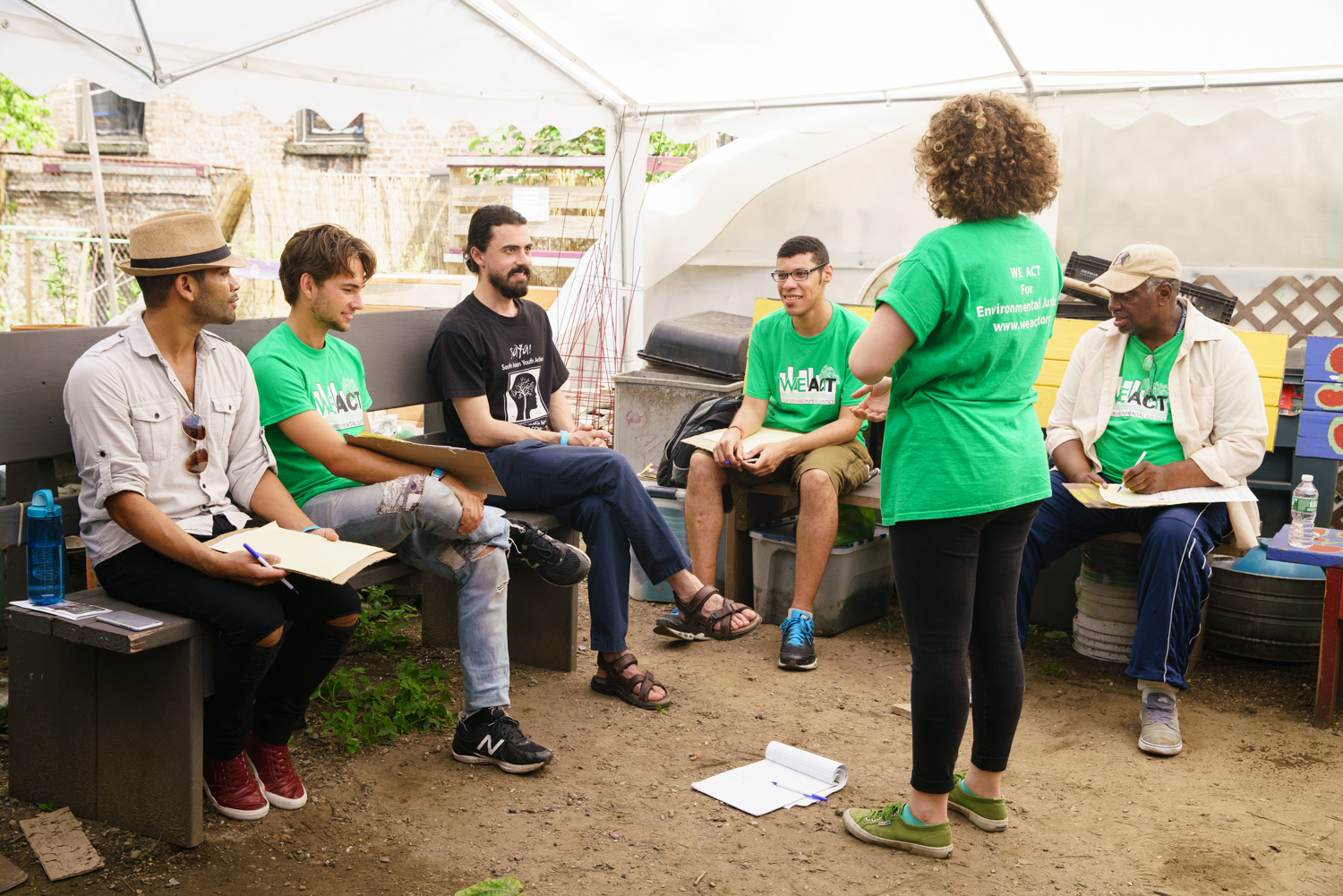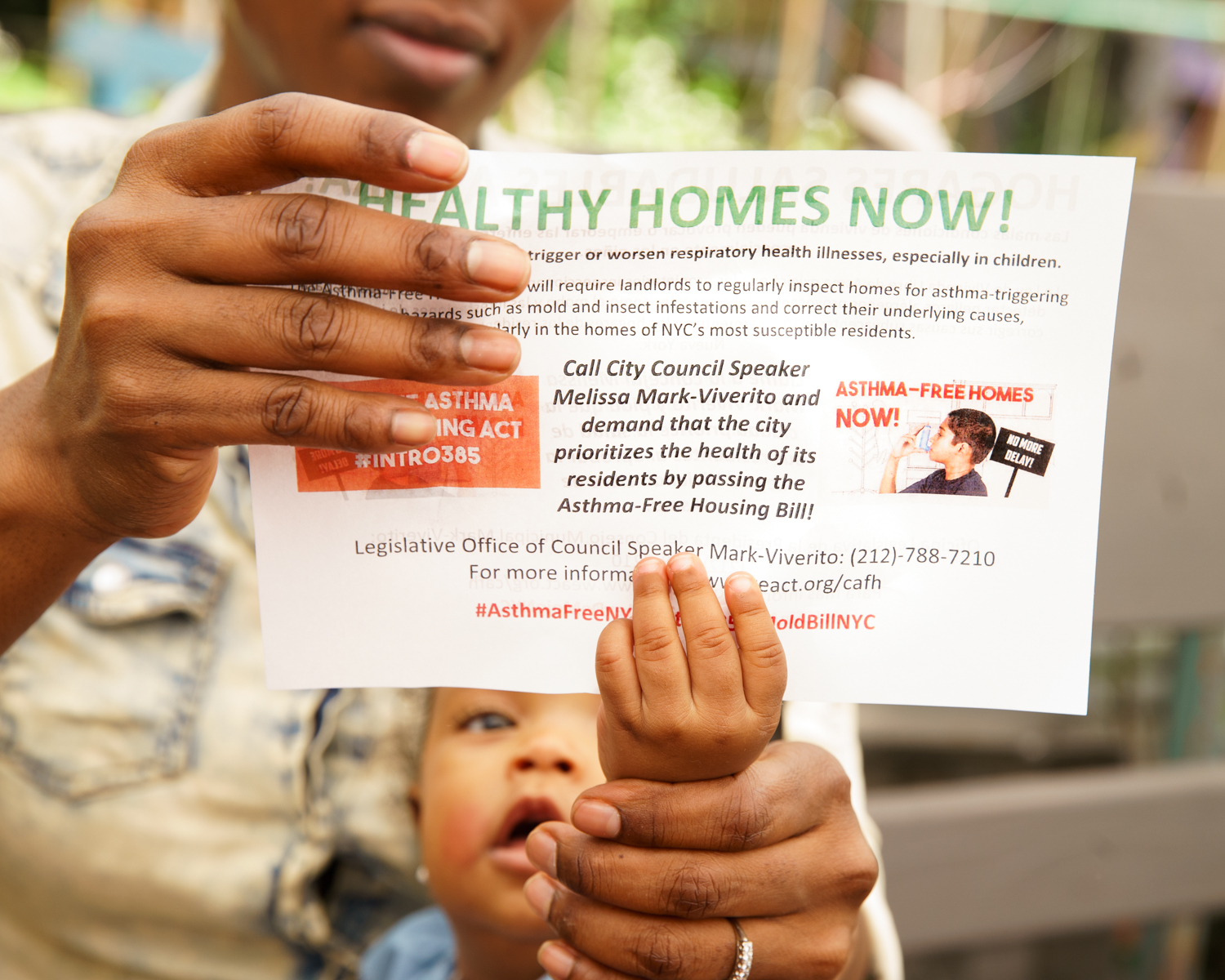
How WE ACT Advocates for Environmental Justice in New York City
“To me, climate justice is about the impact of climate on the most vulnerable communities– but you also cannot have climate justice without environmental justice,” says Peggy Shepard (pictured above), one of the three original founders of WE ACT for Environmental Justice, a non-profit whose work in West Harlem centers on combatting environmental racism and building healthy communities for people of color that began in 1988.
Though their efforts are primarily focused on Upper Manhattan, their work addresses the widespread geographic truth that “the most polluted environments in America are where people of color live, work, play, and pray.” With both a West Harlem and Washington D.C. office, WE ACT works to provoke and promote structural change, advocating for legislation and making strides in community-based civic engagement. In this way, their activism both occupies the political sphere and is itself a political act, uplifting groups and topics that are “often left out of mainstream, largely white, environmental advocacy agendas.”
“Climate justice is about the most vulnerable communities,” Shepard continues. “Those are the first hit. And they are already the most vulnerable because they’re already disproportionately impacted by pollution. Just think– if you’ve got a toxic waste site, a sea level rise is even more dangerous in that community.”
Their location in New York City in many ways complicates WE ACT’s mission, raising the already heightened proverbial (and in some cases literal) stakes.
“The strength is that we have a city that has a plan, and is committed to reducing greenhouse gases, and is committed to combating climate change,” Shepard remarks, adding, “I was in Florida last year at a conference, and the governor won’t even allow people to use the word Climate Change.”
But on the other hand, New York City has a reputation to overcome: culturally, it is often glamorized as the height of civilization, a thriving urban metropolis and the pinnacle of modernity. In other words, as far from Nature as one can get.
“You don’t necessarily think of New York City as the primary place where there’s a lot of environmental degradation or natural resource disasters,” Shepard explains. “It’s harder to imagine that in a more urban environment like New York City, you still have really insidious, public health-threatening environmental exposure.”
The facts on WE ACT’s website, however, speak for themselves, painting a stark portrait of a dire situation. Framing the importance of their Climate Justice work, WE ACT recites a number of alarming statistics: “from 2000 to 2010, nearly 50% of those affected by heat-related deaths in NYC were African Americans”; “by 2080, New York is expected to see 3,331 heat-related deaths”; “20% of all household earners control over 54% of the city’s wealth,” meaning many individuals are unable to financially prepare for and withstand the repercussions of Climate Change.
Further exacerbating an already extreme situation are the actions and messages of the current presidential administration, not least of which was Trump’s recent withdrawal from the Paris Climate Agreement.
“That is really taking up a lot of time– the resistance, the constant letters, the constant ‘Now we’ve got to go to another hearing about a rollback of regulation,'” Shepard laments. “We thought this was gonna be an exciting time. Now there is a more negative energy, where we’re having to stop and resist and protest more than usual.”
Yet Shepard and WE ACT are not ones to be deterred; their website lists an impressive collection of firsts and feats: suing the New York City Department of Environmental Protection for operating a harmful sewage treatment, the settlement of which resulted in a $1.1 million fund for environmental health; partnering with the EPA to conduct the first assessment of air quality in Upper Manhattan (which revealed severe violations of EPA standards); passing state legislation banning BPA products from children’s toys; passing a bill requiring lead tests in all public schools in NYC; and in 2017 passing two acts that enable New Yorkers to better address environmental injustices.
Currently, their efforts are focused on expanding solar power in northern Manhattan, as well as developing a consumer campaign around beauty and hair products marketed to women of color. Other projects underway include working to pass the Asthma-Free Housing Act (meant to address the elevated asthma rate in NYC) and the Northern Manhattan Climate Action Plan (a plan to “create resilience in the face of the disproportionate impacts of climate change on poor and working class communities”).
When seeing WE ACT’s accomplishments and undertakings listed out, the logical next question is to wonder how it can be expanded.
“I’m certainly inspired by people saying, ‘Gee, I wish there was a WE ACT here in my city! How can we do that?'” Shepard muses. “I’d love to see little WE ACTs all over the country, like a little Sierra Club. But it’s been a struggle just to keep what we’ve got going….
There are a lot of ad hoc groups that come together around a project, and they have a win and so they go home again, and that’s great. But what we find is that the poorest and most vulnerable communities are also the ones with the least amount of advocacy organizations to advocate for them, and to help bring issues to their attention.”
For those who wish to be involved, Shepard advises the following: “I think it’s donating, it’s calling your representative and making sure that they’re holding the line in Congress or making sure that their city is developing plans, that regular people are involved in those plans. I think it’s all those things.”
But Shepard’s most valuable piece of advice is to look to the local. “Everybody lives in a neighborhood,” Shepard remarks. “Look in that neighborhood, and figure out what needs to be done.”
To learn more about WE ACT for Environmental Justice or to get involved, visit their website.
Want to make change for public spaces across the United States? Check out our guide to getting involved.


















































